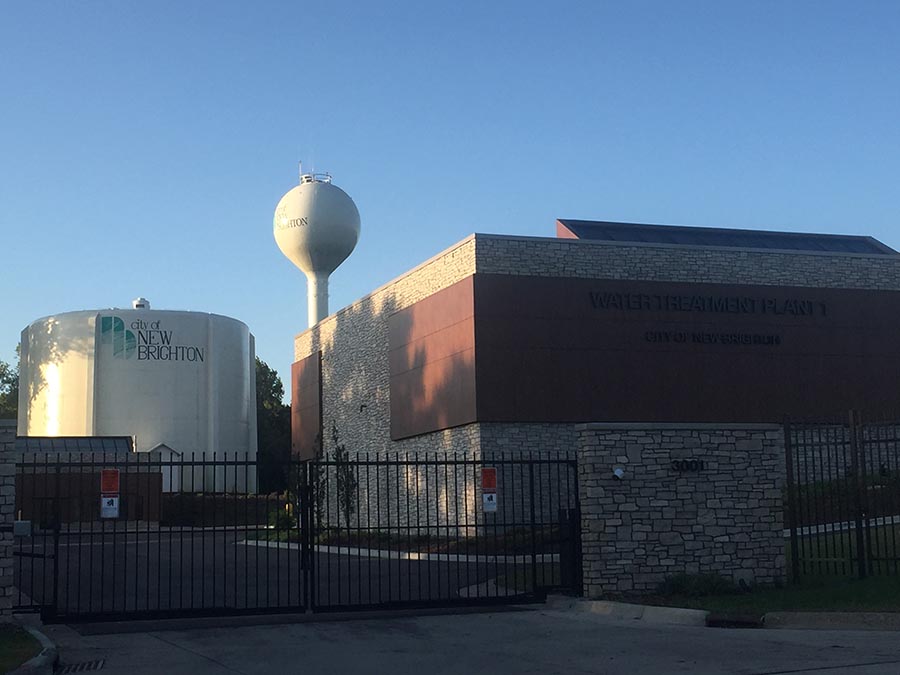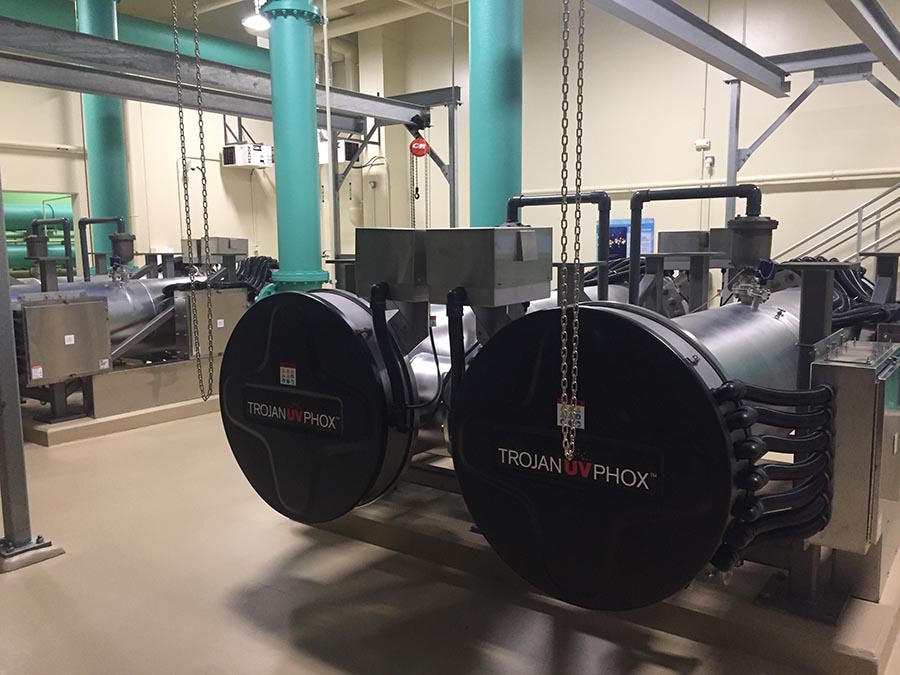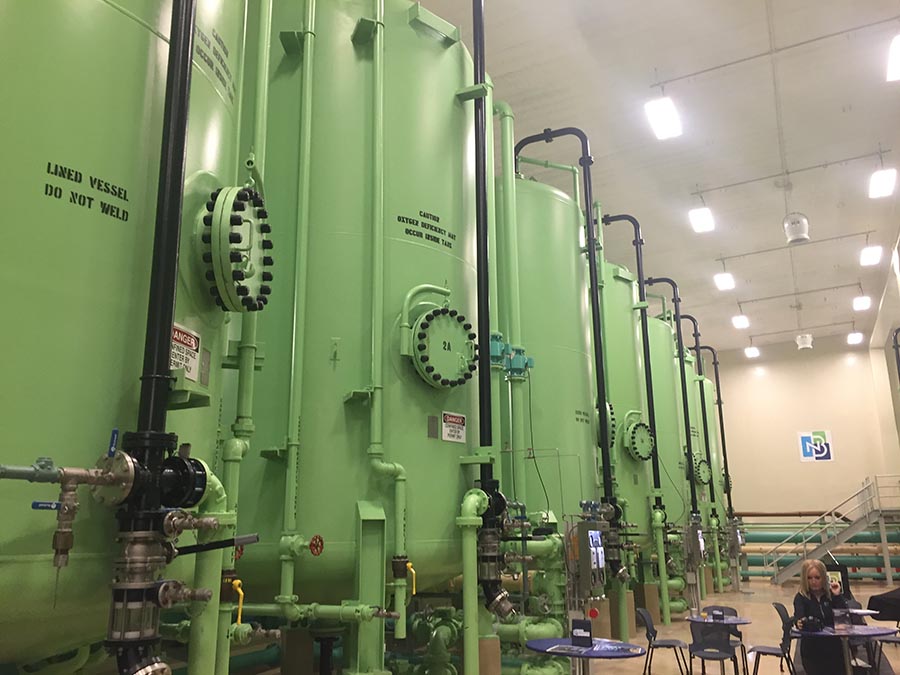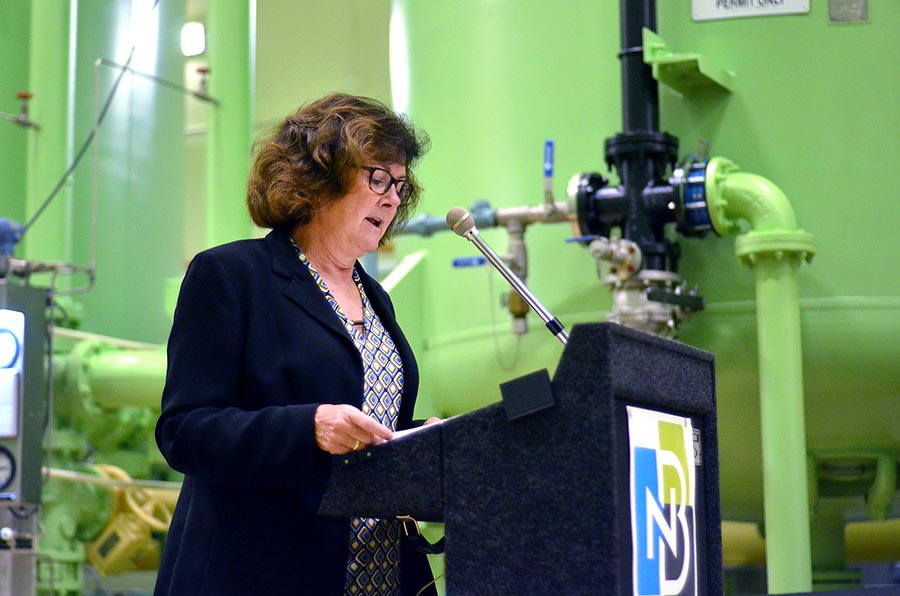Drinking Water Protection
- Drinking Water Protection Home
- About Us
- A-Z Index of Contaminants in Water
- Community Public Water Supply
- Drinking Water Grants and Loans
- Drinking Water Institute
- Drinking Water in Schools and Child Cares
- Drinking Water Revolving Fund
- Laws and Rules
- Noncommunity Public Water Supply
- Source Water Protection
- Water Operator and Certification Training
- Drinking Water Protection Contacts
Related Topics
- Annual Reports
- Drinking Water Risk Communication Toolkit
- Drinking Water Protection External Resources
- Fact Sheets
- Forms
- Invisible Heroes Videos: Minnesota's Drinking Water Providers
- Noncom Notes Newsletter
- Sample Collection Procedures (videos, pictures, written instructions)
- Waterline Newsletter
Related Sites
- 10 States Standards
- Clean Water Fund
- Health Risk Assessment – Guidance Values and Standards for Water
- Minnesota Well Index
- Water and Health
- Wells and Borings
Environmental Health Division
New Brighton Keeps on Pumping
From the Winter 2019-2020 Waterline
Quarterly Newsletter of the Minnesota Department of Health Public Water Supply Unit, Waterline
A complete list of feature stories can be found on the Waterline webpage.
 Nearly 40 years later, Bob Benke recalls the “daunting experience” of getting the news of contamination in New Brighton’s water supply. A council member and later a seven-term mayor, Benke was present for an emergency council meeting in the summer of 1981 when the Minnesota Department of Health (MDH) informed the city that trichloroethylene (TCE) and other volatile organic compounds (VOCs) were in its water.
Nearly 40 years later, Bob Benke recalls the “daunting experience” of getting the news of contamination in New Brighton’s water supply. A council member and later a seven-term mayor, Benke was present for an emergency council meeting in the summer of 1981 when the Minnesota Department of Health (MDH) informed the city that trichloroethylene (TCE) and other volatile organic compounds (VOCs) were in its water.
New Brighton responded quickly, sending a letter to all residents within days. It began testing its wells weekly and changed the sequence of well pumping to draw first from those with the least amount of contamination.
Toward that end, New Brighton stopped using wells in the Prairie du Chien and Jordan aquifers, where the contamination existed, and went to wells extending into the deeper Mount Simon-Hinckley formation. It drilled additional deep wells. The city also knew this was a stop-gap measure, not a long-term solution, and it also required the addition of iron-removal devices at some of the wells as water from the deeper aquifer was creating aesthetic problems.
Mayor Bob, as Benke is still known, credits the residents for responding to the need to conserve water. “Education was a big part of it,” he said, noting that the reduced water usage allowed the city to form a long-term plan.
One step was identifying the source of the contamination, which was the Twin Cities Army Ammunition Plant (TCAAP) in adjacent Arden Hills. New Brighton sued the federal government and reached an agreement for the Army to pay for the construction and operation of a water treatment facility. The plant, using granular-activated carbon (GAC), removed the VOCs and also reduced the plume and kept it from migrating.
The remediation goal for the plume meant pumping more water than New Brighton could use, so the city began providing water to Fridley, its neighbor to the west. As part of this water sharing, the utility built an addition to the plant to house equipment to oxidize the water with chlorine and permanganate and a greensand filter to remove iron and manganese.
All seemed under control until 2015 when 1, 4 dioxane (DX), also from TCAAP, was discovered. Once again, the Army agreed to fund an expansion to construct additional treatment.
As an interim measure, the city switched to water from Minneapolis, which has reservoirs only a few blocks from the New Brighton plant, as it prepared for another addition: an advanced oxidation process using ultraviolet (UV) light and hydrogen peroxide (H2O2) to remove the 1, 4 dioxane and other contaminants. “The peroxide, which is fed first, reacts with the UV to create hydroxyl radicals,” explained MDH engineer Lucas Martin, who has worked with New Brighton for years.
“The hydroxyl radicals are a dioxane scavenger. It attacks the 1, 4 dioxane, breaking up DX molecules and converting them into harmless components, such as carbon dioxide and water,” said Eric Volk, who became New Brighton’s public works superintendent in March 2019. He added that the hydrogen peroxide they use is at a 50 percent concentration. “It’s pretty potent. Drug store peroxide has a 3 percent concentration.”
Volk said some excess hydrogen peroxide passes through the process without reacting. “The H2O2 gets catalyzed in the GAC in a reaction that turns the H2O2 into water, H2O, and pure oxygen, O2.”
The advanced oxidation process consists of three reactor trains. Each train has two chambers, and each chamber has two sections with each section containing 72 UV bulbs.

Above: The advanced oxidation has a total of 864 ultraviolet bulbs. Below: The original plant, completed in 1990, consists of 16 granular-activated carbon filters.

The new system went on line in November 2018. The city held an open house a year later to celebrate the return to New Brighton water. Mayor Val Johnson praised city officials from the 1980s and 1990s for their efforts, calling it a “David and Goliath” story of how a small suburb took on the federal government.
Volk said they are still performing normal adjustments on the new treatment, “just tweaking things a bit,” but the system is working well and the dioxane has been reduced to well below health-risk limits.

Mayor Val Johnson at the ceremony in October 2019 to celebrate the treatment plant addition. Photo by Sandra Daniloff
Learn more by watching Invisible Heroes: New Brighton
Other Invisible Heroes videos:
- Invisible Heroes: Worthington
- Invisible Heroes: Fairmont
- Invisible Heroes: St. Martin
- Invisible Heroes: Oakdale
- Invisible Heroes: St. Cloud
Of Interest
New Brighton Still Facing, Overcoming Water Challenges
Go to > top